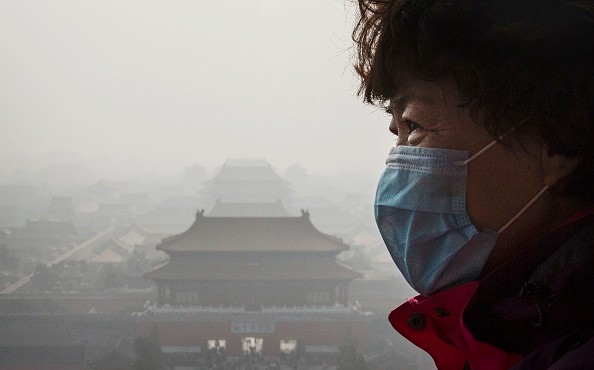There could possibly be a link between an increased risk for high blood pressure and the presence of dirty air or pollutants in the air, such as dust particles and smog. These are the findings of a review of 17 studies conducted by researchers at the Guangdong Provincial Institute of Public Health in Guangzhou, China.
In the study published in the journal Hypertension, the researchers have found significant evidences linking the presence of air pollution to high blood pressure, according to MedlinePlus. The researchers based their conclusion of the review of 17 studies from around the world, each of which assessed the possible connection between hypertension and common pollutants, including airborne dust, dirt, coal exhaustion, smoke and vehicular pollution.
The 17 studies involved about 328,000 people, out of which about 108,000 has hypertension. The investigation were conducted in countries around the world, including the United States, China, Taiwan, Canada, Germany, Iran, Sweden, Denmark, Spain and Brazil.
The health of the individuals was analyzed as per the short-term and long-term exposure to air pollutants. Short-term occurred over a number of days, while long-term exposure continued for a number of years.
Researchers, particularly focused on pollutants such as sulfur dioxide, nitrogen dioxide and carbon monoxide, in addition to particulate matter such as smoke, dirt, dust and liquid droplets. High blood pressure was marked by a systolic blood pressure reading above 140 mm Hg and/or diastolic blood pressure reading above 90 mm Hg.
The team discovered that air pollution had both long-term and short-term impacts on the health of an individual, especially an increase in the blood pressure risk. The researchers specifically noted that an exposure to air pollution over a short term could specifically lead to emergency admissions to the hospital because of temporary increase in blood pressure. On the other hand, people with long term exposure to air pollution can end up having chronically high blood pressure.
According to World Health Organization Factsheet, outdoor air pollution in both rural areas and cities led to 3.7 million premature deaths deaths around the world in 2012. About 88 percent of these deaths occurred in middle- and low-income countries, which includes South-East Asia regions.
The following video examines the sources of air pollution and its effects:



























